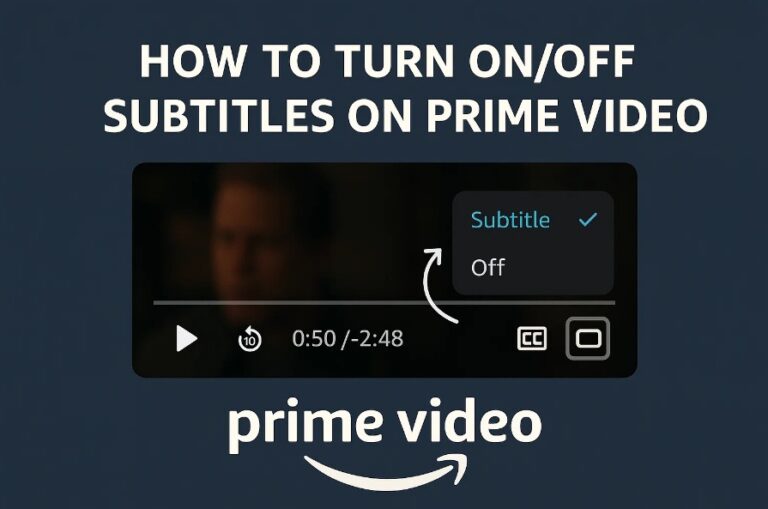How to Keep Your Chain Tight with BMX Chain Tensioners
Keeping your BMX chain tight is essential for performance, safety, and bike longevity. A loose chain can cause skips, reduce power transfer, or even derail mid-trick — none of which you want happening during a ride. This is where BMX chain tensioners come in handy. These small but crucial components help keep your rear wheel in place and your chain at the perfect tension, no matter how hard you ride.
Whether you’re riding street, dirt, or park, understanding how BMX chain tensioners work and how to use them correctly can make a huge difference in how your bike performs. In this article, we’ll walk you through everything you need to know about keeping your chain tight with BMX chain tensioners.
What Are BMX Chain Tensioners?
BMX chain tensioners are devices that mount onto your rear axle and help you position the rear wheel accurately within your frame’s dropout. This ensures consistent chain tension and prevents the wheel from sliding forward during hard pedaling or landings.
There are different designs out there, including:
- Screw-type tensioners that push against the rear dropout
- Plate-style tensioners that lock the wheel in place
- Built-in frame tensioners on some high-end BMX frames
Regardless of the type, the purpose remains the same: to maintain chain alignment and tension for a smoother, safer ride.
Why Chain Tension Matters in BMX Riding
Chain tension might seem like a minor detail, but it plays a critical role in your overall riding experience. Here’s why it’s important:
- Prevents chain slap and derailments
- Improves pedal efficiency and power transfer
- Keeps your drivetrain aligned
- Protects your sprocket, chainring, and hub
- Increases control during tricks and jumps
Without proper tension, your chain could pop off mid-session — potentially damaging components or injuring you.
Signs Your BMX Chain Needs Adjustment
Before we get into how to tighten your chain with tensioners, here are a few signs that your chain might need attention:
- You hear a rattling or clunking noise from the chain
- The chain slips or skips under pressure
- Your rear wheel feels misaligned or off-balance
- There’s excessive play or slack in the chain
If you notice any of these symptoms, it’s time to inspect your tensioners and drivetrain setup.
How to Tighten Your Chain Using BMX Chain Tensioners
Here’s a step-by-step guide to properly adjusting your chain using chain tensioners:
1. Gather Your Tools
You’ll typically need:
- 15mm or 17mm wrench (for axle nuts)
- Allen key or socket (depending on the tensioner type)
- A clean cloth or rag
2. Loosen the Rear Axle Nuts
Using your wrench, slightly loosen the axle nuts on both sides of the rear wheel. This will allow you to move the wheel back and forth in the dropouts.
3. Adjust the Chain Tensioners Evenly
Use the adjustment bolts on the chain tensioners to move the wheel backward gradually. Adjust each side evenly to ensure the wheel remains centered. The chain should have about 1/4 inch of vertical play — not too tight and not too loose.
A tight chain can cause extra wear on the drivetrain, while a loose chain may slip or derail.
4. Align the Rear Wheel
As you tighten the chain, also check that the rear wheel is aligned properly between the chainstays. Uneven tension can cause your tire to rub the frame or reduce control during riding.
5. Tighten the Axle Nuts
Once the chain tension and alignment are just right, securely tighten the axle nuts to lock everything in place. Double-check the tension one last time — the chain should be snug but able to flex slightly.
6. Test the Setup
Spin the cranks and rear wheel to ensure smooth operation. If the chain jumps or makes noise, re-check tension and alignment.
Common Mistakes to Avoid
Even with good BMX chain tensioners, it’s possible to get things wrong. Here are some pitfalls to avoid:
- Uneven Adjustment: Don’t tighten one side more than the other. This misaligns your wheel.
- Over-tightening the Chain: This can cause resistance and wear out your chain faster.
- Ignoring Chain Wear: If your chain is stretched or worn, no amount of tensioning will fix it — replace it.
- Using Cheap or Incompatible Tensioners: Not all tensioners fit all frames. Use quality parts from trusted brands like Billet BMX to ensure compatibility and durability.
Choosing the Right BMX Chain Tensioners
Not all tensioners are created equal. When choosing one, keep these features in mind:
- Material: Look for aluminum or high-grade steel for strength without adding too much weight.
- Compatibility: Make sure it fits your axle size (most commonly 14mm).
- Ease of Use: Threaded adjusters are easier to fine-tune than fixed plates.
- Style: Anodized or custom-colored options can add style to your setup.
Billet BMX chain tensioners are a great example of a high-quality, affordable option. Built from precision-machined aluminum and designed to fit most BMX setups, they offer both form and function.
Maintenance Tips for Long-Term Performance
To keep your tensioners and drivetrain running smoothly:
- Clean regularly: Dirt and grime can build up around the dropouts and axle.
- Lubricate your chain: Use bike-specific lubricant to reduce friction and wear.
- Check after hard rides: Reinspect your tensioners and axle position after heavy use or big jumps.
- Replace worn parts: If your chain, sprocket, or tensioners show signs of wear, replace them promptly to avoid further damage.
Final Thoughts
Maintaining chain tension isn’t just about ride quality — it’s about safety, performance, and preserving your BMX parts. BMX chain tensioners make it easier to keep your chain at the perfect tightness while also helping with rear wheel alignment. Whether you’re a beginner or a pro, having the right tension setup can make or break your ride.
And the best part? You don’t need to spend a fortune. With affordable, durable tensioners from trusted brands, you can keep your chain tight and your ride dialed-in year-round.



